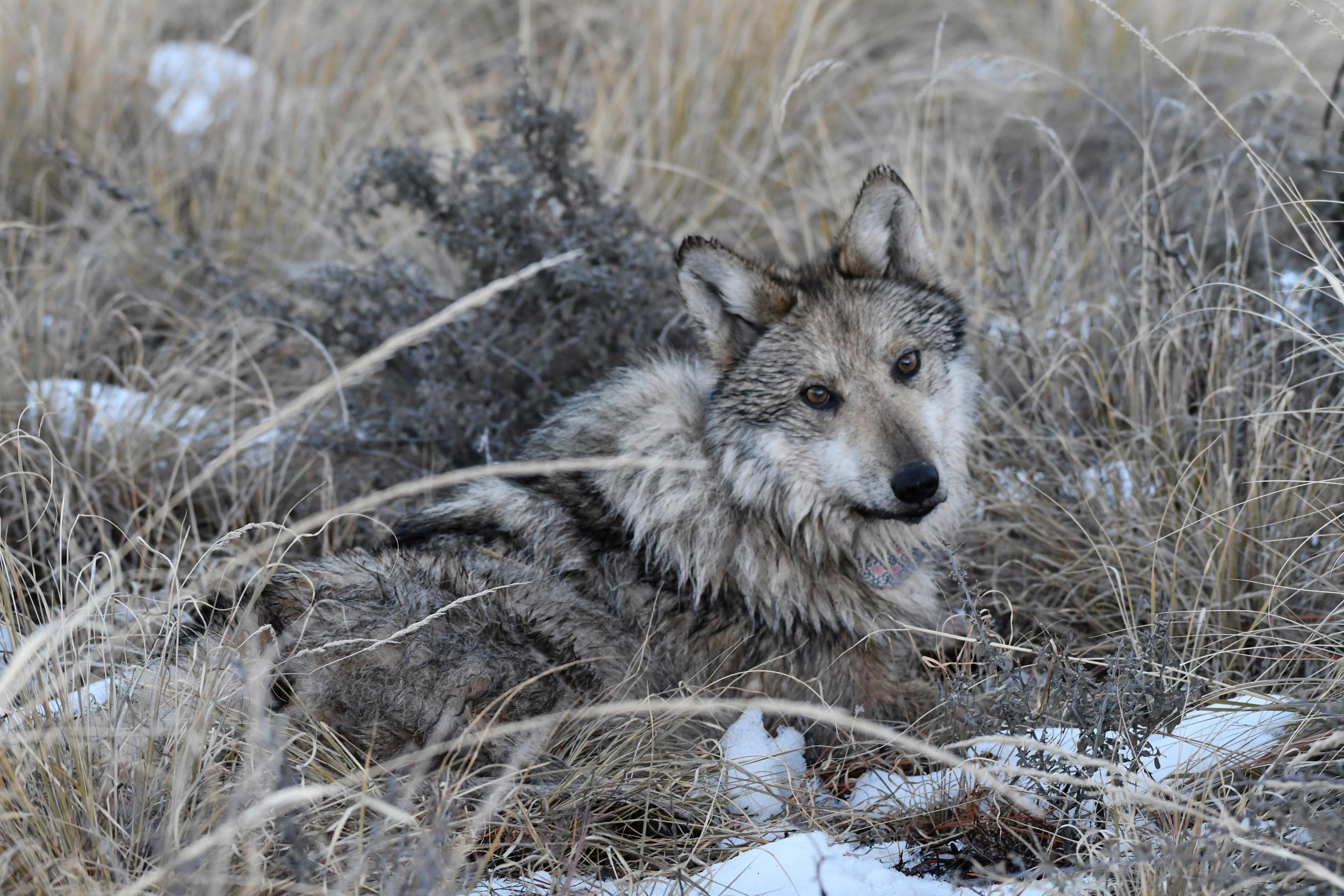As far as the eye can see, the prairie stretches, endlessly flat until it meets a stark blue sky at the horizon. An occasional dark dot in the distance might be a shrub or a cow, but the dominant gray-green, tan and buff tend to blend into one homogenous hue.
At first glance, Comanche National Grassland in southeastern Colorado is not an exciting place. But first, even second, glances don't do justice to the subtle beauty of this hidden corner of Colorado.
This is no land for windshield tourists. It needs to be seen up close, on foot or horseback. This is land that invites hiking and meditative stops, a land for walking, and one of the richest pockets of wildlife in the West.
It's a land for calling coyotes, for watching raptors hover in search of prey, for laughing at tiny curlews boldly defending their nests from curious calves. It's a land where antelope are cautiously intrigued by strangers, and where prairie dogs share their burrows with owls the size of your fist.
A walk across its apparently barren plains reveals the daintiest of wildflowers, blooming red, yellow and violet. Stones that may hold fossils or resemble arrowheads litter the fragile ground. Along with a rattlesnake or two.
Sunk into this plain are arroyos, where coyotes and foxes build their dens, and rock-walled canyons, where rivulets turn into streams that lure wild turkeys and bighorn sheep.
It is divided into two units: The Carrizo Unit in the far southeastern corner of the state, adjacent to the Oklahoma and Kansas borders, and the Timpas Unit, just south of La Junta. Together, they encompass nearly 419,000 acres of public lands interspersed with private property and covering more than a million acres in three counties -- Baca, Las Animas and Otero.
Start your visit in Springfield, a small town with a ranger station where you can get maps and information.
Though it's not a popular tourist attraction most of the year – and that’s part of its appeal -- it has long been a Mecca for birdwatchers. There are 275 species of birds found in these grasslands, from soaring raptors such as golden eagles to game birds such as quail.
The silence out here is punctuated by the songs of meadowlarks, the coos of mourning doves, and the cries of those long-billed curlews.
Thousands of lark buntings -- the Colorado state bird -- also make their homes here.
The grassland is home to one of the world's largest concentrations of the Lesser Prairie Chicken, a threatened species. Each spring, birders from all over the world come to watch the small game birds do their distinctive mating dance, puffing out their orange chests to attract the opposite sex.
Spring and fall are the best times to visit because it gets pretty hot here at the height of summer.
Hiking down into Picture Canyon, you’ll find petroglyphs and pictographs left by early native residents of the region. Unfortunately, vandalism has at times erased history.
Petroglyphs include clear outlines of horses, warriors and a woman covered with spots – some think representing death from smallpox.
Mysterious marks are found in the Crack Cave, a slit in an east-facing canyon wall. Those marks, the object of much scientific study, are illuminated by the sunrise only on the vernal and autumnal equinoxes.
The cave was open to the public for years, but the opening had to be covered with a wire gate to prevent vandalism.
The canyon also is home to one of the few known birthing stones in the Southwest. The birthing or baby stone features hand-carved pockets that held colored paints used in a ceremony performed when a woman was in labor. The striated marks at the top of the rock, just above a female figure, supposedly represent the settling of spirits on the woman giving birth.
Me? I think that those marks are more likely made by the fingernails of a woman in the middle of a contraction.
Next week, we’ll talk more about Comanche National Grassland and its unique features.

Linda DuVal is the former travel editor for The Gazette, a freelance travel writer and winner of several Lowell Thomas awards. She is the co-author of Insider’s Guide to Colorado Springs and writes a local Web site, Pikes Peak on the Cheap (www.pikespeakonthecheap.com).
Colorado Traveler airs Sundays before the Splendid Table and Wednesdays at 11:55am.








